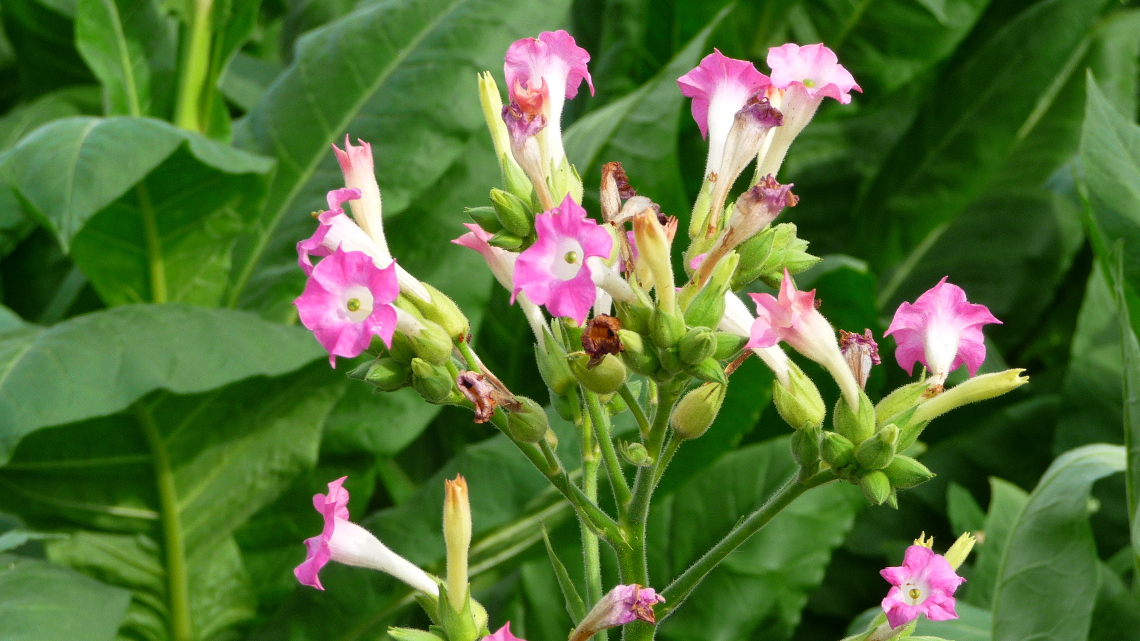Plants to store more carbon dioxide
If we were to modify the metabolism of plants, they could bind up to five times more carbon dioxide than is currently the case. Bioinformaticians from Würzburg have run a simulation.

Every year, 120 gigatonnes of carbon dioxide (CO2) are released worldwide through the so-called soil and vegetation respiration. Plants simultaneously bind about 123 gigatons of CO2. However, this near-balance is disturbed by the burning of fossil fuels - with serious consequences for the climate. Researchers around the world are therefore looking for ways to curb the increase of greenhouse gases in the atmosphere. Würzburg researchers now present a solution: They want to make plants more efficient by modifying their metabolism so that plant cells bind more carbon dioxide.
CO2 binding increased fivefold
Over the last few months, a team led by the Würzburg bioinformatician Thomas Dandekar has been checking the feasibility of the project on the computer using mathematical models. In order to modulate the metabolism, his team combined two different methods. They integrate the CETCH cycle into the plant metabolism, which the plants use to fix carbon dioxide, and integrate a bypass into this reaction chain. By combining the two measures, the plants were mathematically able to bind five times more carbon dioxide than before. The researchers present the results of their elaborate and complicated calculations in the journal Trends in Biotechnology.
Experiments with tobacco and thale cress
The researchers now hope to achieve this impressive result in practice. Corresponding laboratory tests are to start this year - in Abu Dhabi. Responsible for this is Dandekar's colleague Muhammad Naseem, who also works at Zayed University in Abu Dhabi. Adaptation to climate change is currently even more important for countries outside Europe than for Germany. According to Naseem, the consequences are already being clearly felt in the United Arab Emirates. "We will experiment with tobacco plants and thale cress, also known as Arabidopsis thaliana, which are both easy to modify," explains Naseem.
If the computer analyses were to coincide with the results from plant research, the researchers would be able to solve two problems at once. "The two problems of climate change and feeding the world population are closely connected," explains Naseem. Plants with altered metabolism would therefore not only be able to absorb more carbon dioxide, says Nassem. With the help of genetic engineering, plants would also produce higher yields.
Using fast-growing algae to reduce the CO2 footprint
Bioinformatician Dandekar is convinced that this method can also help German companies such as cement manufacturers to reduce their CO2 footprint. Modified diatoms could help reduce these high emissions as the professor explains: "These fast-growing algae could be cultivated directly in the sand pits."
bb/um


